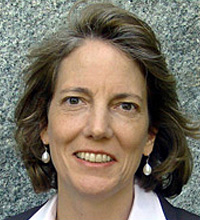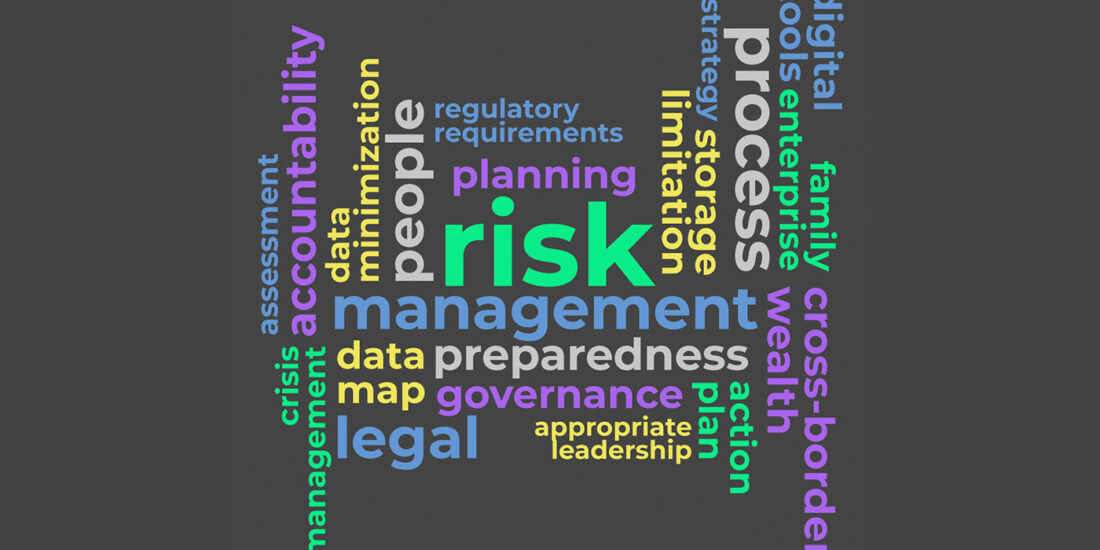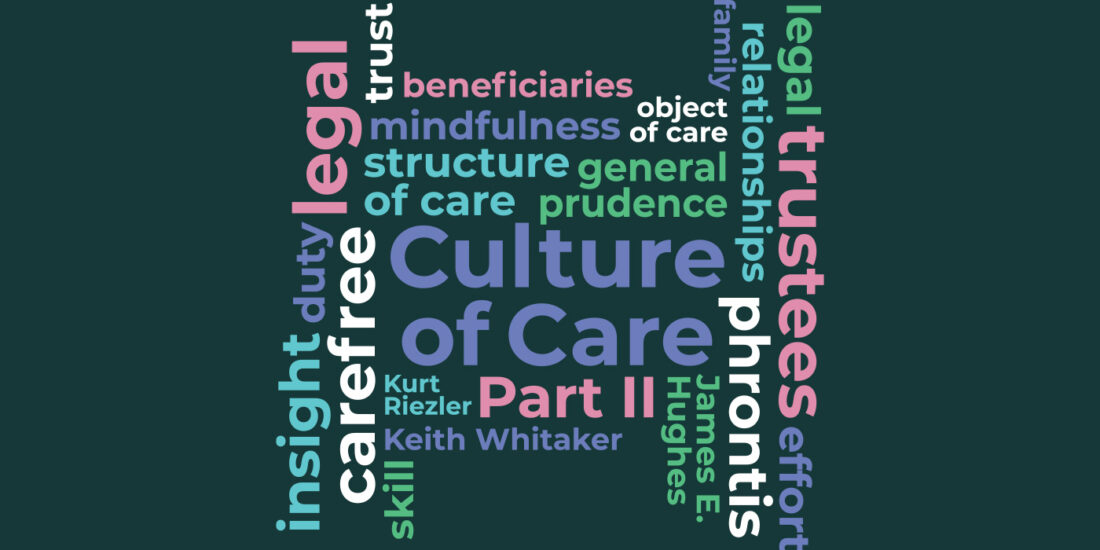Business is all about the future. An entrepreneur takes an idea and makes it into a service or product that people will want, even need, for years to come. Trusts and trustees, on the other hand, have long been considered “of the past.” The stereotypical image of a trustee is likely to include grey hair and wrinkles; the archaic sounding terminology used to describe trust relationships harkens back to early days. Despite the fact that trusts, by definition, should be as forward looking as even the most innovative businesses, they often seem to be out of sync with their beneficiaries and business holdings. This dichotomy can cause great harm and confusion. As trustees continue to replace individuals as owners of family businesses, it is time for trustees to catch up. Transformation is urgently needed, and 21st century trustees can lead the way forward. Here are some thoughts on why and how.
Trusts as Family Enterprise Owners
Trusts have been used for more than a century to hold the largest US family enterprises. In other countries, trusts are often the holding structure for local and multinational firms. From the smallest first generation business to the largest multi-holding family enterprise, it is not uncommon for the legal owner to be one or more trusts, with the ultimate beneficial owner its beneficiaries. This bifurcation of ownership provides a way to ensure professional management and oversight, while at the same time providing protection for family members who may be minors, disabled, or otherwise helped by the trust holding structure. Trusts often also provide asset protection, tax benefits, and consolidated voting arrangements.
As the proportion of resources owned and controlled by the wealthiest families has outpaced other segments of the population, much of that wealth has been earned in or transferred into trusts. This consolidation of ownership reaches every aspect of the economy, starting with the parties involved in the trust. From a brother who is frustrated when a trustee of a family trust chooses his sister as CEO of the family business, to the consternation of public shareholders of a listed company when trustees make decisions against their best interests, the issue is pervasive.
Trustees are Lagging Behind
Given the magnitude of trust ownership, one would expect trustees to have a forward looking approach to how they serve the needs of the future that they control and/or influence. Yet, at all stages of a trust’s development this is often not the case. At the start, the selection of trustees is often done without much consideration of this need to look ahead. Finding a trustee for a family business can be especially challenging, as most corporate trustees shy away from accepting such engagements as being outside the scope of their regular work and to avoid potential liability related to the business. Individuals often appoint family members, close friends, and advisors, with little if any discussion or preparation on the trustees part. This can lead to a certain insularity in which trustees reflect neither the diversity of their beneficiaries nor the complexity of the business environment of the trust holdings. Independent trustees are an attractive alternative, but their involvement is often distant from beneficiaries and the family business. Once a trust is underway, trustees often revert to keeping things in place, living in constant fear that they will violate their fiduciary duties and risk liability if they allow or enable underlying businesses to stray too far. Similarly, trustees often take a paternalistic view of beneficiaries, considering them to be like “children” far into their adult years. As family members grow and new generations come along, many trustees have been involved for several generations and are viewed as substitutes for parents and grandparents who may be long gone. Business managers may find themselves faced with owners whose impressions of the business operations were formed long in the past. In this context, the ancient image of a trustee survives.
Trustees have earned their “old ways” reputation for some very good reasons. First, there are centuries of trust law urging, encouraging, and indeed holding trustees accountable as fiduciaries — the highest standard of duty toward another person under the law. This is not to be taken lightly, and trustees must at all times be conscious of their beneficiaries’ needs and interests. Further, trustees are often rightly concerned about conflict between their traditional duty to diversify and the prospect of holding a business in trust that represents most or all of the trust holdings. Again, a trustee who “holds on” for too long may be found liable for failure to diversify; one who forces a sale may have missed out on a better opportunity. This is not an easy balancing act, and taking a more conservative stance is often the primary role of the trustee. Wiser heads can, and do, often prevail. For these reasons, it may not be necessary for a trustee to change all that much, but there are some ways to change perspective and approach things with a more modern mindset.
Becoming a 21st Century Trustee
There is no need for trustees to lag behind the times. It is possible to be forward thinking while at the same time serve one’s role well. To do so, each trustee should be given a proper orientation,[i] and obtain assistance along the way from a team of advisors to make sure that the trustee is keeping up with the times — looking to the future while respecting the obligations and duties that have come from the past. Here are some of the ways to do so:
- A trustee must fully understand the purpose and intentions of the trust. What did the grantor have in mind when setting up the trust? Is it meant to provide income, grow capital, or both? Did the grantor wish to support the lives of beneficiaries while at the same time not fostering dependence on trust assets? If the trust’s primary purpose is to serve as legal owner of an operating business, what are the rights of beneficiaries?
- Open communication. The old way of trustees who send checks in the mail and have annual lunches meant to obfuscate a beneficiary’s understanding of the trust no longer suffices. Trustees must seek to understand their beneficiaries’ lives and the trust’s role in it, and communicate with transparency. This may even require skyping, face-timing, or using some other 21st century form of communication to connect with beneficiaries.
- Trustees must have full knowledge of the business operations held in trust. Trustees can be given a chance to meet with management before accepting trusteeship so they can decide if they want to take on the task. Trustees will need time to get up to speed for the decisions they could be facing in the future.
- A trustee is responsible to the beneficiaries, not just for financial distributions, but also for a respectful relationship. In the past, it was too often the case that a negative feedback loop was created between trustees and beneficiaries. Trustees often treated beneficiaries as children regardless of age or maturity, which tended to encourage beneficiaries to meet those expectations. In this century, that kind of relationship will no longer work.
- A trustee must ensure that the expectations of beneficiaries and the business holdings are in line with each other. This requires consideration of distribution policies of business and trusts alike.
- Ongoing involvement. It is inconceivable that a trustee of a trust owning a family business could do the job well without having active engagement with the management team. While trustees must resist micro-managing operations, quarterly reviews and annual meetings should be the norm.
- Anticipation of major life events. All businesses must consider the impact that major life events – birth, marriage, divorce, death, to name a few – of key executives (who are and often also owners) will have on the future of their business. Family businesses need to consider whether and how a shareholders or buy-sell agreement can anticipate key moments for the family and business; and also how life events may impact family and non-family executives.
- Active, engaged beneficiaries. In this century, beneficiaries rightfully expect to be an active part of the trust, and trustees who involve them tend to have better trust experiences. As “beneficial” owners, beneficiaries can and should be involved in understanding their trust and its underlying businesses.[ii]
- Global perspective. Trustees of family enterprises can become insular, solely considering actions in the context of their family and its business. In the interconnected world of the 21st century, this must change. It is imperative for a trustee to reflect upon, and take into account, political, economic, financial and emotional consequences of decisions.
The 21st Century Trustee
The 21st Century Trustee faces a tall order — to be always looking to the future within the parameters of a role that was created and defined in the past. What’s more, the fate of businesses, the economy, and the beneficiaries for whom they serve are all at stake. Given their past history, it is not surprising that many trustees would choose “business as usual.” But there is really no choice to be made. It is a necessity. Just as the business world is constantly in transformation, trusts and trustees must transform themselves for the good of the trustees, family enterprises and world in which we live.
[i] For a helpful resource to provide to trustees, see Angus, Patricia M., The Trustee Primer, Angus Advisory Group LLC, 2015.
[ii] See Angus, Patricia M., “Beneficiaries of Family Trusts,” Families in Business, Campden, 2002; see also, Goldstone, Hughes, and Whitaker, Family Trusts, Wiley 2015.
About the contributor
 Patricia Angus JD, MIA, TEP, is founder and CEO of Angus Advisory Group LLC and an adjunct professor at Columbia University. She is the author of The Trustee Primer: A Guide for Personal Trustees and writes the BuildingBridges Column on www.wealthmanagement.com. A member of the Practitioner Editorial Committee, Patricia can be reached at particia@angusadvisorygroup.com.
Patricia Angus JD, MIA, TEP, is founder and CEO of Angus Advisory Group LLC and an adjunct professor at Columbia University. She is the author of The Trustee Primer: A Guide for Personal Trustees and writes the BuildingBridges Column on www.wealthmanagement.com. A member of the Practitioner Editorial Committee, Patricia can be reached at particia@angusadvisorygroup.com.





